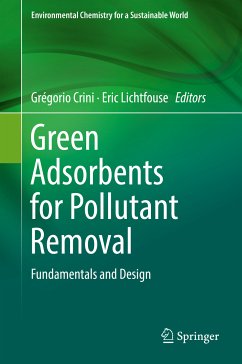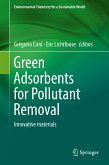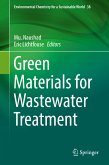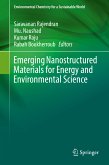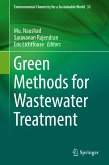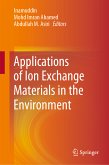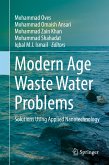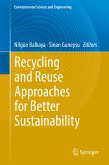Furthermore, the thermodynamic properties of metals adsorption by green adsorbents, and biosorption of polycyclic aromatic hydrocarbons and organic pollutants are reviewed, and finally the recent trends and impact of nanomaterials asgreen adsorbent and potential catalysts for environmental applications are summarized.
The audience for this book includes students, environmentalists, engineers, water scientists, civil and industrial personnel who wish to specialize in adsorption technology. Academically, this book will be of use to students in chemical and environmental engineering who wish to learn about adsorption and its fundamentals. It has also been compiled for practicing engineers who wish to know about recent developments on adsorbent materials in order to promote further research toward improving and developing newer adsorbents and processes for the efficient removal of pollutants from industrial effluents. It is hoped that the book will serve as a readable and useful presentation not only for undergraduate and postgraduate students but also for the water scientists and engineers and as a convenient reference handbook in the form of numerous recent examples and appended information.
Dieser Download kann aus rechtlichen Gründen nur mit Rechnungsadresse in A, B, BG, CY, CZ, D, DK, EW, E, FIN, F, GR, HR, H, IRL, I, LT, L, LR, M, NL, PL, P, R, S, SLO, SK ausgeliefert werden.

